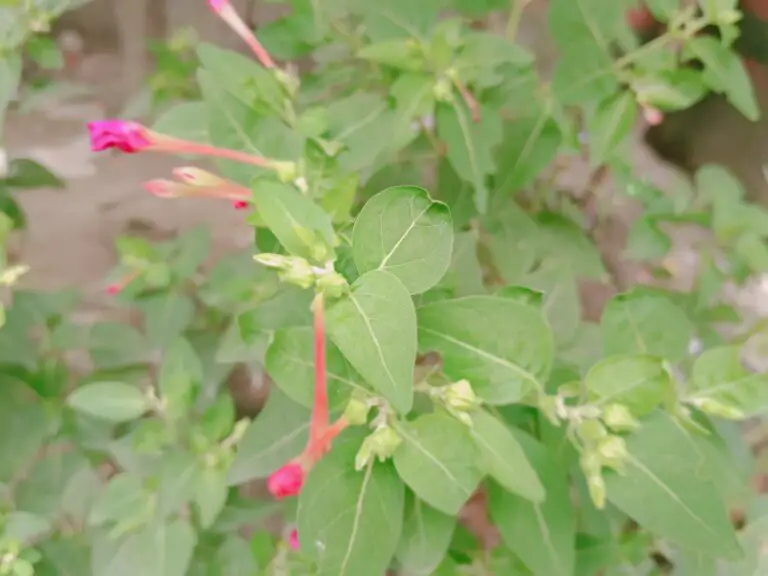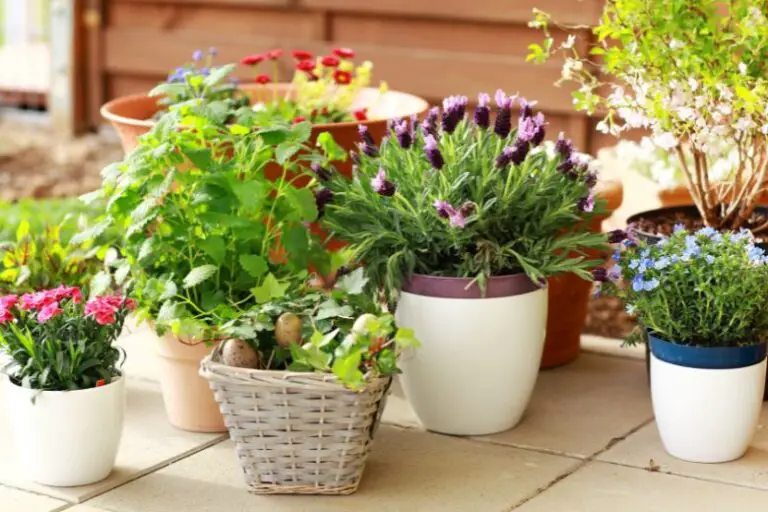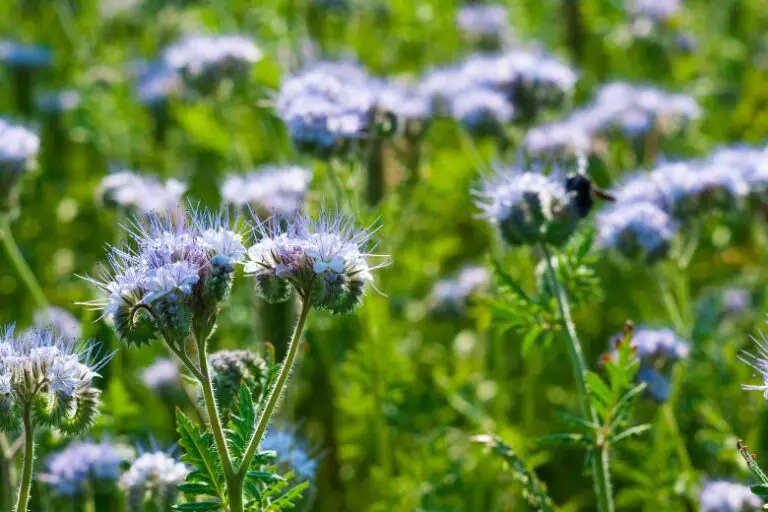when to plant sunflowers in Arizona
Sunflowers, with their bright and cheery demeanor, are a favorite among gardeners and flower enthusiasts. If you reside in Arizona and want to plant sunflowers, you might be wondering about the right time to do so. This article will guide you on when and how to plant sunflowers in the arid climate of Arizona, ensuring you have a successful and enjoyable gardening experience.
Understanding Arizona’s Climate
Before planting anything in Arizona, it’s crucial to grasp the unique climate of the region. Arizona is known for its hot and dry weather, with scorching summers and mild winters. The state experiences two main climate zones: the hot desert climate in the southern part and the semiarid steppe climate in the central and northern regions. Due to these extreme conditions, selecting the appropriate time for planting sunflowers is vital for their survival and growth.
Selecting the Right Sunflower Varieties
Choosing the right sunflower varieties adapted to Arizona’s climate is the first step toward a successful garden. Opt for drought-tolerant varieties with shorter growing periods, as they are better suited to the hot and arid conditions. Some recommended varieties for Arizona include the Dwarf Sunspot, Autumn Beauty, and the Giant Sungold Sunflower.
Preparing the Soil for Planting
Well-draining soil is essential for sunflowers. Before planting, ensure the soil is loose and fertile, as compacted soil can hinder root growth. Consider adding organic matter and compost to improve the soil’s structure and fertility. Conduct a soil test to determine if any specific nutrients are lacking and make necessary amendments.
Planting Sunflowers from Seeds
The best time to plant sunflower seeds in Arizona is during the late spring, after the last frost date has passed. This usually falls between late March to mid-April. Sunflowers thrive in full sunlight, so choose a location with at least 6 to 8 hours of direct sunlight daily. Plant the seeds about 1 to 1.5 inches deep and 6 to 12 inches apart, depending on the variety.
Caring for Sunflowers during Growth
Once the sunflowers have sprouted, provide them with regular watering. Be mindful not to overwater, as sunflowers are susceptible to root rot in waterlogged soil. Applying a layer of mulch around the plants can help retain soil moisture and reduce weed growth. As they grow, you may need to provide support for taller varieties to prevent them from bending or breaking.
Dealing with Pests and Diseases
Sunflowers are relatively resilient, but they can still face pest and disease challenges. Common pests include aphids, caterpillars, and snails, while diseases like powdery mildew can affect their health. Implementing natural pest control methods and maintaining good garden hygiene can help keep these issues at bay.
Harvesting Sunflowers
Sunflowers usually reach maturity in 70 to 100 days after planting, depending on the variety. You can tell they are ready for harvest when the flower head turns brown and the back of the flower head turns yellow. To harvest the seeds, cut the flower head off and hang it upside down in a dry, well-ventilated area. Once the seeds are dry, remove them and store them in a cool, dry place.
Storing Sunflower Seeds
Proper storage is vital to ensure your sunflower seeds remain viable for the next planting season. Place the seeds in an airtight container and store them in a cool, dark place. Avoid exposing the seeds to moisture or direct sunlight, as this can decrease their viability.
Creative Uses for Sunflowers
Sunflowers offer more than just beautiful blooms and delicious seeds. Get creative with these versatile plants by using them for crafting, home decorations, and even cooking. Sunflower petals can add color to salads, and sunflower oil is a healthy alternative for cooking and skincare products.
Benefits of Sunflower Planting
Aside from their aesthetic appeal, planting sunflowers can benefit the environment and local wildlife. They attract pollinators like bees and butterflies, contributing to the overall biodiversity of your garden. Moreover, sunflowers have deep root systems that help improve soil structure and nutrient uptake.
Sunflowers in Arizona: A Symbol of Beauty
In Arizona’s arid landscape, sunflowers stand as a symbol of beauty and resilience. Their golden blooms brighten up the scenery, offering a sense of optimism and joy. Embracing sunflowers in your garden reflects the spirit of the Southwest and adds a touch of natural elegance to your surroundings.
Frequently Asked Questions
Can sunflowers grow in the intense Arizona heat?
Yes, sunflowers can thrive in the intense heat of Arizona, as long as they are provided with sufficient water and planted during the appropriate season.
What is the best time to plant sunflowers in Arizona?
The best time to plant sunflowers in Arizona is during the late spring, after the last frost date has passed, which is usually between late March to mid-April.
Do sunflowers require a lot of maintenance?
Sunflowers are relatively low-maintenance plants. They need regular watering and occasional pest control, but overall, they are hardy and easy to grow.
Can I grow sunflowers in containers?
Yes, you can grow certain sunflower varieties in containers. Just ensure the container is large enough to accommodate their root system and provide adequate support.
Are sunflowers native to Arizona?
No, sunflowers are not native to Arizona. They are believed to have originated in North America, particularly in the present-day Midwest region of the United States.
Conclusion
Planting sunflowers in Arizona can be a rewarding experience, adding a touch of beauty and vibrancy to your surroundings. By selecting the right varieties, understanding the climate, and following proper planting and care techniques, you can enjoy the majestic blooms of sunflowers in your garden. Embrace these resilient flowers, and let them brighten up your landscape with their golden splendor







